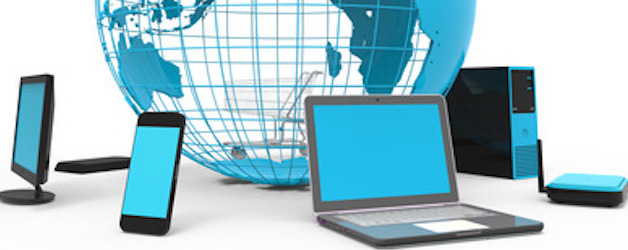
Imagine Googling the terms “connected health” or “digital health” even just a few short years ago. As you can imagine, not much would rank. But today, times are changing. Either term will get you one-quarter to one-half billion search results, all talking about the convergence of the digital and health revolutions with the healthcare industry.
And of course, it has no signs of stopping.
Cisco predicts that by 2020, more than 250 “things” will connect to the Internet every second. From mobile devices to thermostats, to cardiac monitors, to roads and cars, that means more than 50 billion things will be connected to the Internet. And it's all coming in the next few years.
But talk to anyone in the field and you’ll find people are simply at a loss for what to do with this exploding opportunity. The entire industry is chaotic at best.
Do you fall into that category?
For the first time in history, the doctor-patient experience is changing. You could say the biggest game changer was when Apple released its App Store back in 2008. That one change in our society allowed everyone, around the world, to have easy access to develop programs in an easy way. Then release it to anyone, anywhere, through just a simple Internet connection.
We all have a general set of wants and needs when it comes to healthcare. We have the desire for healthy living, good physical health, strong mental well-being, safety and security in everything we do. And if a new product or service comes along that makes any of those processes easier, all the better.
So we jump, head first, into everything. We want to give it all a try. We download it all and put it into use, without stepping back and considering how it all works together.
As a consumer, we’re all guilty of it. But providers are guilty too. Take a look at how many apps you’ve downloaded “just to try.” Or how many services you use, yet never to its fullest extent? Then they sit there, wasting space. And you're left at a loss for what to do next, how to connect, how to integrate and make our lifestyles better, easier.
We’ve learned two things as this revolution unfolds. We’ve learned what ultimately works is:
1. Simple design
2. Highly personalized strategies that resonate with each user
Because if a person feels committed, connected, their more likely to use it. And stick with the program.
So make it personal. The more context you learn about each individual, the more personal you can make the process along the way.
Make it about better living. Everyone has an end goal in mind: look ten years younger, lose fifty pounds. Learn those aspirations and you have a better chance of a long-term commitment.
Make it social. We all want to share, play a game, have incentives behind everything we do. Don’t fight it. Incorporate it into what you do.
And with the right programs, the right strategies in place, it’ll be easier than ever to stand out from the crowd. Giving your practice a way to connect with your patients on a richer, deeper level.
How are you reaching out to a more connected end user?


